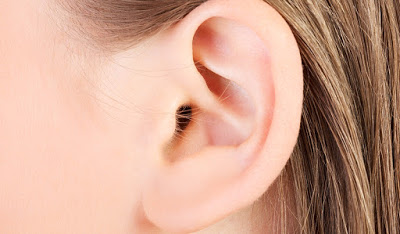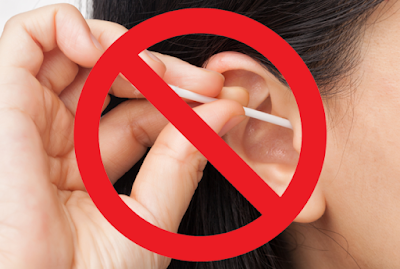There are times when the ears can become clogged due to factors both outside and inside the ear. Clogged ears can affect hearing and balance and cause pain and discomfort.
Clogged ears can happen to almost anyone. Children are the most likely to have clogged ears, especially during a cold or sinus infection. People are most likely to experience a clogged feeling in their ears from:
- earwax buildup
- blocked Eustachian tube
- sinus infections, colds, or allergies
- high altitudes
- acoustic neuroma or benign growth inside the ear
Natural remedies to help earwax
Ear drops of oil in syringe being dispensed into clogged ear.Ear drops of oil may be used to soften earwax.Earwax forms a barrier between the opening of the ear and the sensitive apparatus of the inner ear.
Earwax blocks foreign objects from entering the ear. The glands responsible for creating earwax sometimes create too much. This buildup can cause the wax to become hard.
The wax builds up and eventually blocks the entire tube.
Some signs of earwax buildup include:
- feeling dizzy
- earache
- ringing in ears
1. Ear drops to loosen or soften earwax
The following are some natural solutions people can use to soften the earwax, and allow it to exit the ear safely. These are often added to the ear in the form of drops:
- mineral oil
- baby oil
- carbamide peroxide
- hydrogen peroxide
- glycerin
There are commercial drops specifically made for removing excessive earwax. Debrox is one over-the-counter (OTC) ear drop available online that can help remove excessive earwax buildup.
2. Ear irrigation
Ear irrigation is another method that people can try at home. It is important to note that this should not be done at home on anyone who has had surgery or an injury to their ear.
It is also essential that people follow all instructions found on the OTC kit sold for ear irrigation.
Avoid cotton swabs or tools
People should never use cotton swabs to clean their ears. Cotton swabs can cause blockages by pushing earwax deeper into the ear.
People should also not attempt to dig the earwax out as this can cause damage.
Avoid candling
- Another method is known as candling, but this is not recommended by science.
- For this procedure, people insert a lit, cone-shaped, hollow candle into their ear.
- During candling, the heat is supposed to cause a vacuum effect and allow the earwax to stick to the candle as it is pulled out.
- This method does not work, however. People are likely to burn their ear, cause a perforation, or an ear canal obstruction.
- Anyone experiencing clogged ears should never try this method.




